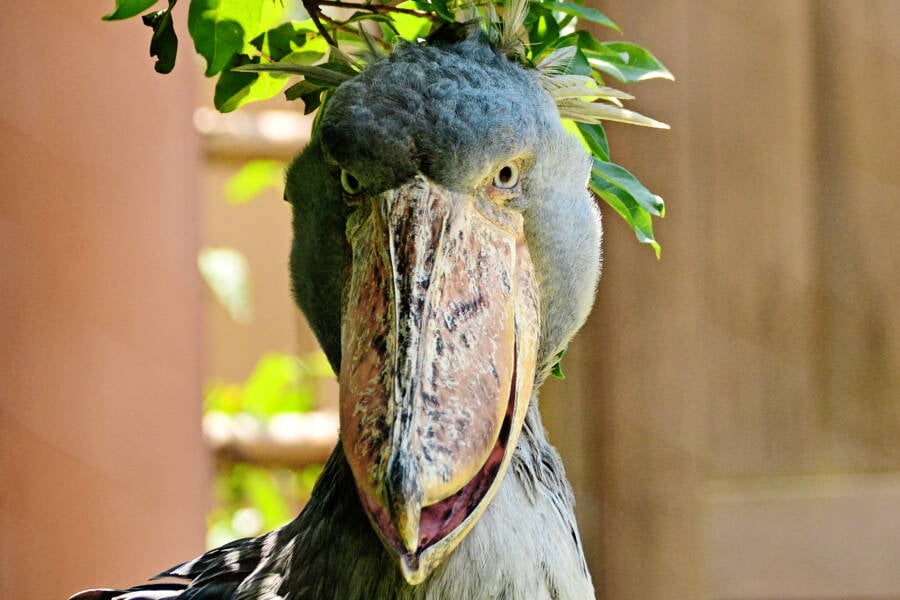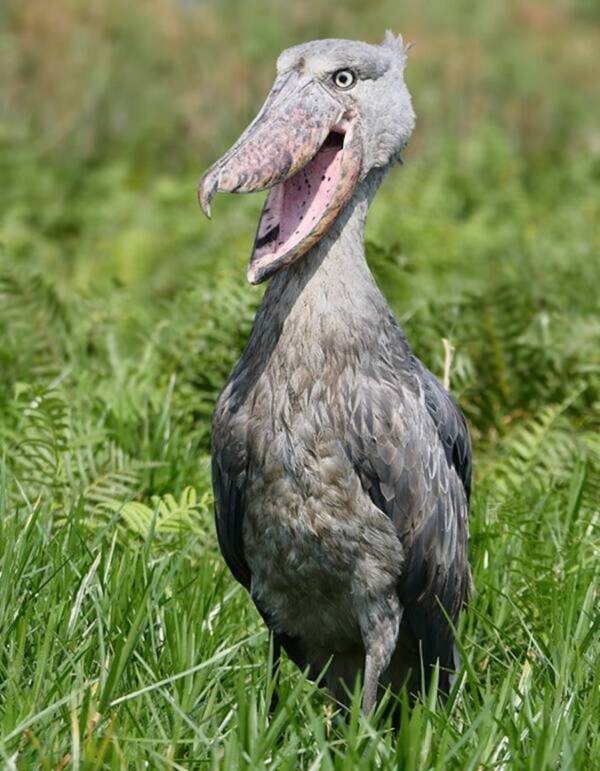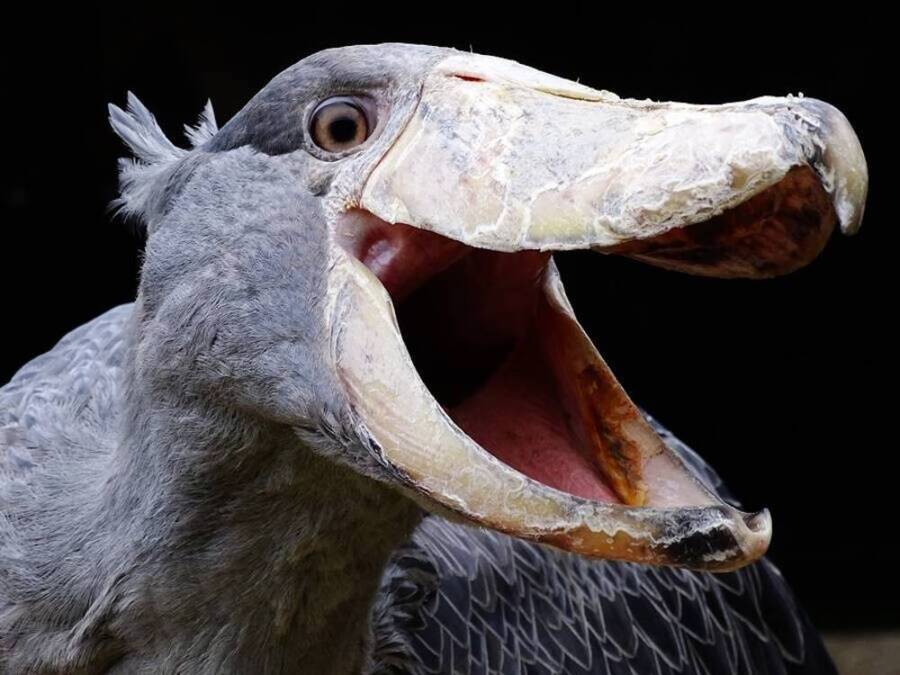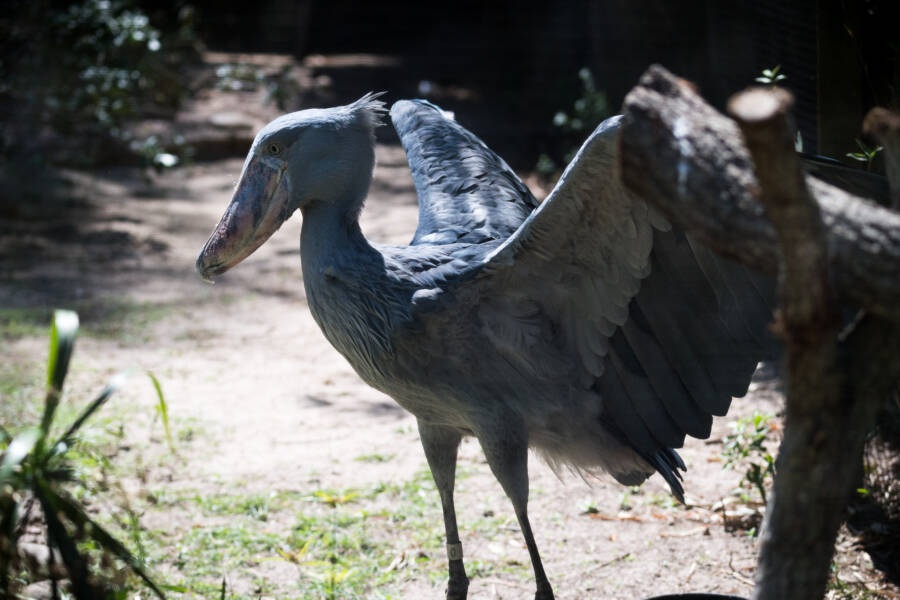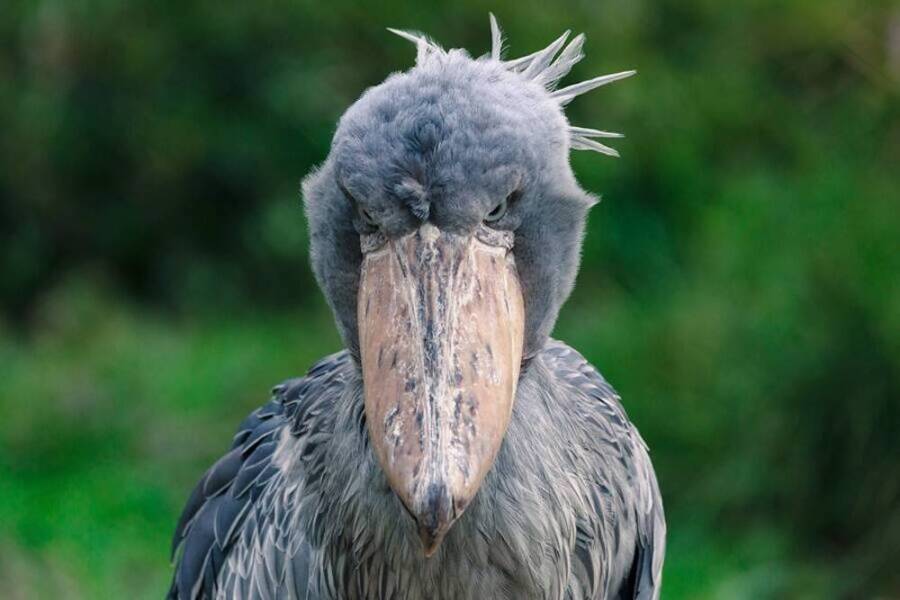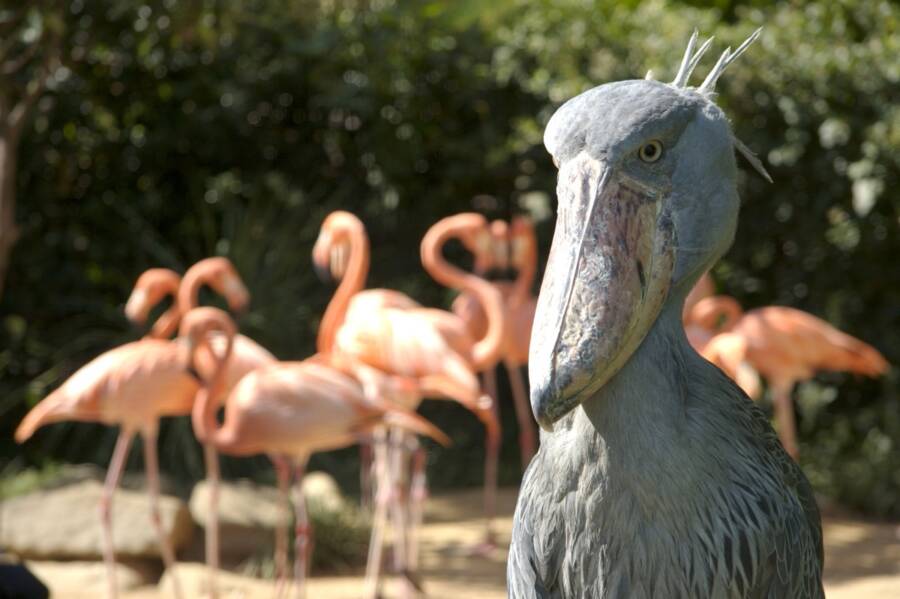From New Guinea's poisonous hooded pitohui to the spine-snapping beak of the African shoebill, hope you never cross paths with these scary birds.
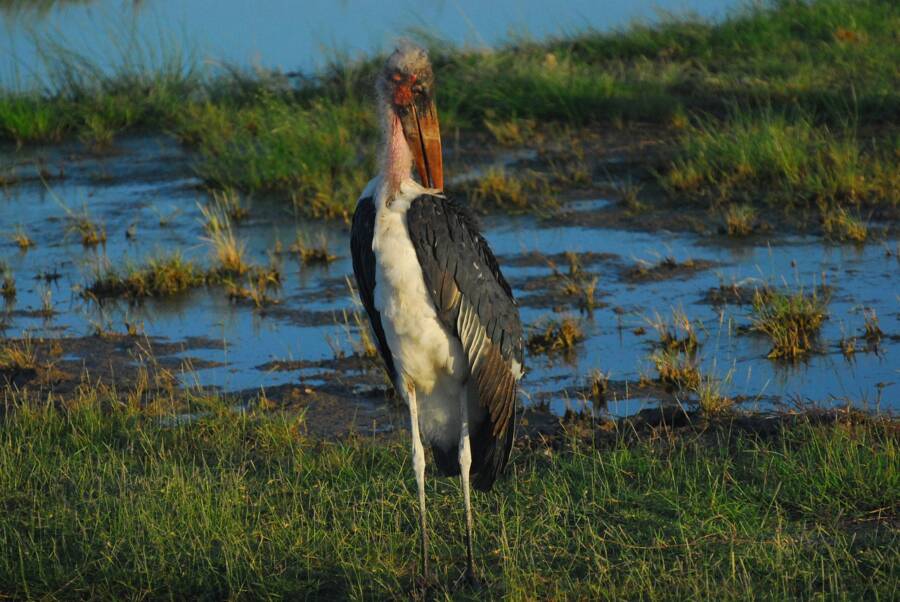
PixabayIf some of these scary birds were just two to three times larger, we’d be in huge trouble.
Birds are commonly associated with tranquility and freedom. But for every singing cockatiel with a cute Instagram, there’s a terrifying pelican that can crush a baby crocodile in one bite.
While the dangerous traits of these scary birds evolved to ensure their survival, some species give us a good reason to be afraid. Don’t forget that even musical legend Johnny Cash was once nearly killed by an ostrich.
Let’s take a look at nine scary birds you’d never want to encounter in the wild.
The Deadly Beak Of The Scary Shoebill Bird

Nik Borrow/FlickrThe shoebill is aptly named, as its beak resembles a Dutch clog.
The shoebill, or Balaeniceps rex, is undoubtedly one of the scariest-looking birds on the planet. It stands at the unnerving average height of four and a half feet with an eight-foot wingspan, and its seven-inch beak can tear through a six-foot lungfish with ease.
Its beak resembles a Dutch clog sitting beneath a pair of enormous eyes that stare with prehistoric indifference. One could argue that the animal’s strange muppet-like appearance is endearing — if it weren’t for the shoebill’s ferocious appetite.
Native to the swamps of Africa, the scary shoebill bird’s prehistoric features are no coincidence. These birds evolved from a class of dinosaurs known as theropods — an umbrella group that included the Tyrannosaurus rex. While not as enormous as that, the shoebill commands a ton of fear in the animal kingdom.
In the past, this avian terror was referred to as the shoebill stork. That monicker was abandoned once experts realized it resembled pelicans more closely, particularly in their ruthless hunting habits.
Nonetheless, the bird has since been classified into a league of its own, called Balaenicipitidae.
Colloquially dubbed the "Death Pelican," shoebills have the third-longest bill of all birds behind storks and pelicans. Its interior evolved to be extremely spacious in order to satisfy the large birds' daily needs — and produce a machine gun-like "clapping" sound that attracts mates and scares predators away.
The shoebill's big beak is also useful for filling up with water to cool down, but it's more famous for its ability to kill. This daytime hunter stalks small animals like frogs and reptiles, bigger ones like the 6-foot lungfish — and even baby crocodiles. These patient killers will routinely wait motionless in water for hours.
When this scary bird sees an opportunity to feed, it'll spring into action and attack its prey at full-speed. The sharpened edge of its upper beak can pierce flesh and even decapitate prey.
As for the shoebill's reproduction, it builds a nest on floating vegetation and typically lays one to three eggs at a time. Both male and female shoebills take turns incubating the eggs for more than a month and douse them with water to regulate temperatures.
Unfortunately, the shoebill has become a lucrative commodity on the black market, yielding up to $10,000 per specimen. According to the International Union for Conservation of Nature, this and environmental factors have led to only between 3,300 and 5,300 shoebills remaining in the wild today.
